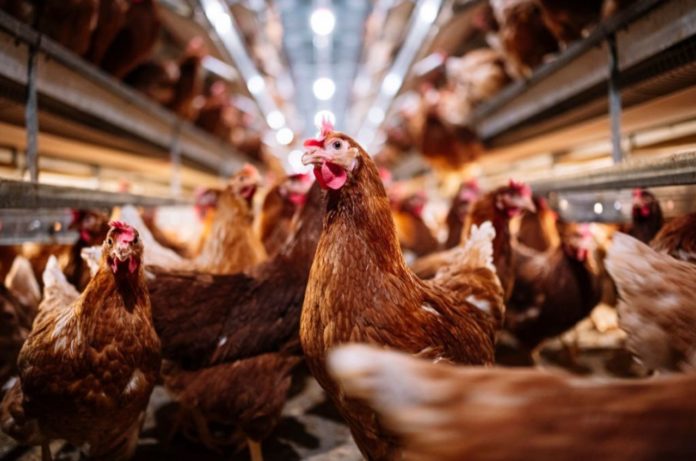A new study sheds light on the conditions and timing of chicken domestication, as well as their expansion across Asia and into the west, and the shifting perceptions of chickens in countries over the last 3,500 years.
A relationship with rice farming most certainly kicked off the process that has led to chickens becoming one of the most abundant animals in the world, according to the findings of a group of experts. They have also discovered evidence that suggests that chickens were once considered strange animals and were not used as a source of ‘food’ until several centuries after their domestication.
Previous research has suggested that chickens were first domesticated in China, Southeast Asia, or India up to 10,000 years ago, and that chickens have been present in Europe for more than 7,000 years.
New studies show that this is not true and that the arrival of dry rice farming in southeast Asia, where their wild ancestor, the red jungle fowl, lived, was the driving force behind the domestication of chickens. Dry rice farming worked as a magnet, luring wild jungle fowl from the trees and initiating a stronger contact between humans and jungle fowl, which led in the domestication of chickens.
By roughly 1,500 BC, the Southeast Asia peninsula had begun the process of domestication. Chickens were then carried across Asia and then into the Mediterranean, according to the study, along routes used by early Greek, Etruscan, and Phoenician maritime traders.
Chickens were revered and largely not considered food throughout the Iron Age in Europe. Several of the earliest chickens have been discovered buried alone and unbutchered, and several have also been discovered buried with people, according to studies. Males were frequently buried with cockerels, while females were cremated with hens. The Roman Empire then contributed to the spread of hens and eggs as a food source. Chickens, for example, were not commonly consumed in Britain until the third century AD, mostly in urban and military settings.
A group of experts from around the world re-evaluated the chicken bones that had been found in more than 600 sites in 89 countries. They looked at the skeletons, as well as the burial sites and historical records from the societies and cultures where the bones were discovered. The oldest bones of a definite domestic chicken were discovered between 1,650 and 1,250 BC at Neolithic Ban Non Wat in central Thailand.
Radiocarbon dating was also used to determine the age of 23 of the earliest chickens discovered in western Eurasia and north-western Africa. The majority of the bones were far younger than previously supposed. The findings refute assertions that chickens existed in Europe before the first millennium BC, indicating that they only arrived around 800 BC. This was followed by a period of over 1,000 years when birds first arrived in the colder regions of Scotland and Ireland as well as Iceland.
Academics from the universities of Exeter, Munich, Cardiff, Oxford, Bournemouth, and Toulouse, as well as universities and institutes in Germany, France, and Argentina, conducted the two studies, which were published in the journals Antiquity and The Proceedings of the National Academy of Sciences USA.
“Eating chickens is so common that people think we have never not eaten them,” says Naomi Sykes of the University of Exeter. Our evidence shows that our past relationship with chickens was far more complex, and that for centuries chickens were celebrated and venerated.”
“This comprehensive re-evaluation of chickens firstly demonstrates how wrong our understanding of the time and place of chicken domestication was,” adds Professor Greger Larson of the University of Oxford. And even more excitingly, we show how the arrival of dry rice agriculture acted as a catalyst for both the chicken domestication process and its global dispersal.”
“With their overall highly adaptable but essentially cereal-based diet, sea routes played a particularly important role in the spread of chickens to Asia, Oceania, Africa and Europe,” says Professor Joris Peters of LMU Munich and the Bavarian State Collection of Palaeoanatomy.
The findings of this study, highlight “the importance of robust osteological comparisons, secure stratigraphic dating and placing early finds within their broader cultural and environmental context,” according to Dr. Ophélie Lebrasseur of the CNRS/Université Toulouse Paul Sabatier and the Instituto Nacional de Antropologa y Pensamiento Latinoamericano.
“These studies show the value of museums and the importance of archaeological materials to reveal our past,” adds Professor Mark Maltby of Bournemouth University.
Image Credit: Getty
You were reading: New Research Proved Earlier Studies About Chickens Wrong
